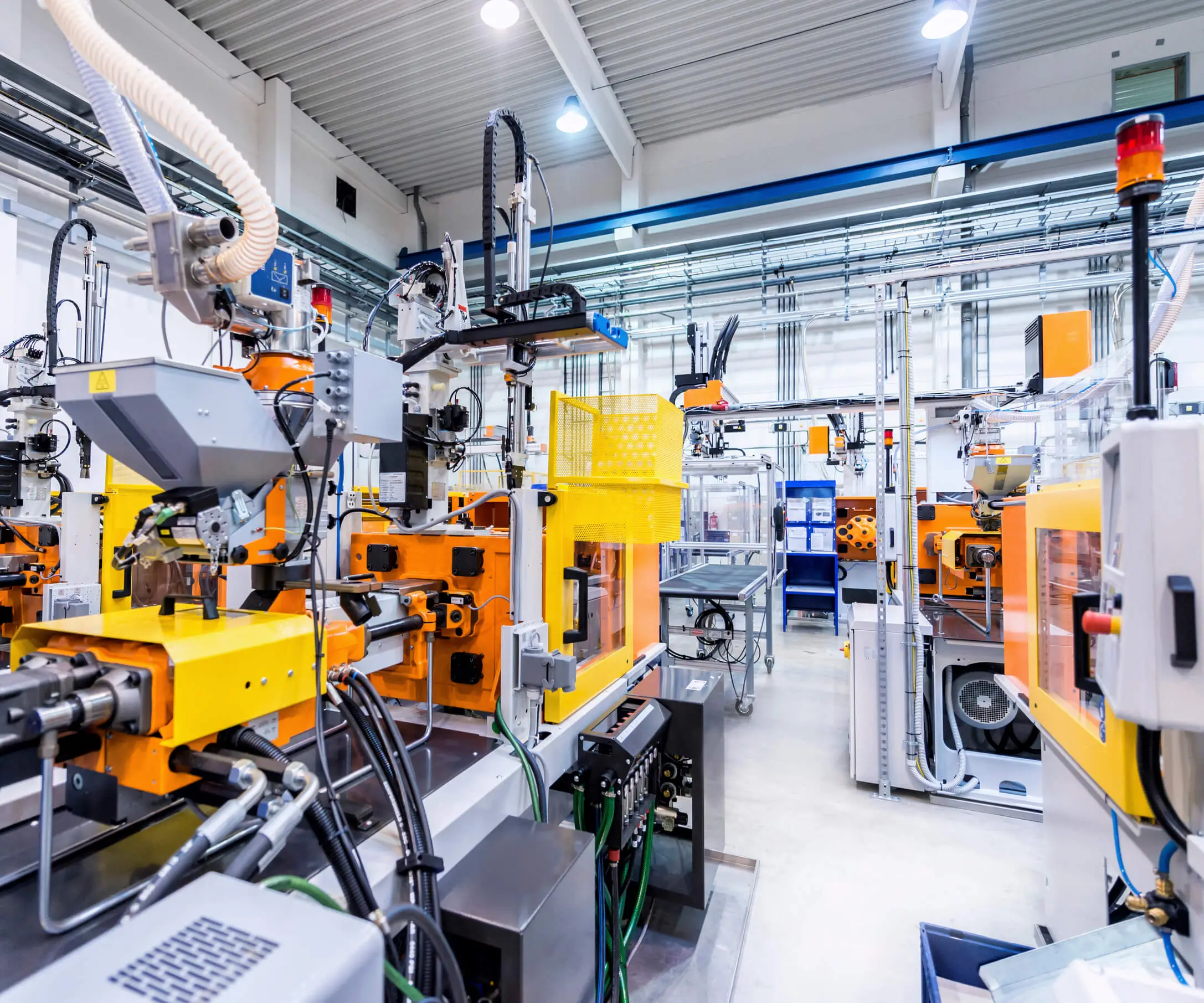Introduction: Embracing the World of Servo Motors and Arduino
In the ever-expanding universe of robotics and embedded systems, servo motors occupy a special place. Known for their precise control, flexibility, and ease of integration, these miniature marvels are the backbone of countless DIY projects, from robotic arms to remote-controlled vehicles. Among them, the 180-degree servo motor stands out for its simplicity and versatility, making it an ideal starting point for beginners embarking on their robotics journey.

But what exactly makes a servo motor special? Unlike regular motors that spin continuously in either direction, servo motors incorporate a built-in control circuit. This circuit allows you to specify an exact position within a range—commonly from 0 to 180 degrees—and the servo will move to that position with remarkable accuracy. This feature makes servo motors especially suitable for applications requiring precise angular positioning, such as steering mechanisms, camera gimbals, and robotic joints.
Why Choose a 180-Degree Servo?
The 180-degree specification indicates the motor’s maximum rotational range. Many servo models are designed to rotate a full 360 degrees, but the 180-degree variants are particularly appealing for their simplicity and high torque within a limited range. They are generally easier to control and more affordable, making them perfect for embedded projects and educational purposes.
Getting Started with Arduino and Servo Motors
At the heart of many DIY projects is the Arduino microcontroller—a small, programmable device that makes controlling hardware straightforward. Combining an Arduino with a servo motor opens the door to countless creative possibilities. The key is understanding how to write code that communicates effectively with the servo, instructing it exactly where to go and when.
The core of controlling a servo with Arduino involves the use of the Servo library—a built-in library that streamlines the process. This library provides simple commands like attach(), which connects the servo to a specific pin, and write(), which sets the target angle.
Understanding the Hardware Setup
To get started, you'll need:
An Arduino board (Uno, Nano, Mega—any compatible model) A 180-degree servo motor (such as SG90 or MG90S) A breadboard and jumper wires Power supply appropriate for your servo (often 5V from Arduino works, but some servos need external power)
Wiring the Servo
Connecting the servo to the Arduino is straightforward:
The servo has three wires: Signal (usually orange or white), Power (red), and Ground (black or brown). Connect the signal wire to one of the Arduino's digital PWM pins (for example, pin 9). Connect the power wire to the 5V pin (or external power source if needed). Connect the ground wire to the Arduino GND pin.
Once wired, the servo becomes ready to receive commands from the Arduino.
Sample Basic Arduino Code for a 180-Degree Servo
Before diving into more complex movements, it’s helpful to write a simple sketch that moves the servo back and forth across its range:
#include Servo myServo; // create servo object void setup() { myServo.attach(9); // attach servo to digital pin 9 } void loop() { myServo.write(0); // move to 0 degrees delay(1000); // wait 1 second myServo.write(180); // move to 180 degrees delay(1000); // wait 1 second }
This basic code sequence makes the servo swing from 0° to 180° every second. Adjusting angles, timing, and movement sequences allows for creating more complex robotic behaviors.
Real-World Applications and Projects
Once you’re comfortable with controlling a single servo, the possibilities explode. For example:
Building a pan-and-tilt camera system Creating robotic arms that mimic human movements Designing remote-controlled cars with steering mechanisms Developing automated opening/closing systems like gates or windows
Each of these projects revolves around precisely controlling servo positions programmatically, often involving sensors, feedback systems, or user inputs.
Understanding Timing and Movement
A critical aspect of servo control is timing. Moving a servo too quickly or commanding it to jump to a position without allowing it time to move smoothly can cause jitter or mechanical stress. Using delay() functions is simple but not always optimal—more advanced projects might incorporate non-blocking timing functions or sensor feedback for smoother operation.
Choosing the Right Servo for Your Project
Not all servos are created equal. When selecting a 180-degree servo, consider the following:
Torque: How much weight or resistance the servo can handle. For heavier applications, choose a servo with higher torque. Speed: How fast it moves from one position to another. Size: Make sure the servo fits within your project’s physical design. Voltage and Power Needs: Confirm compatibility with your power source to prevent damage or underperformance.
This covers the introductory concepts, hardware setup, and basic coding for controlling a 180-degree servo with Arduino. The next part will dive into more advanced programming techniques, real-world project ideas, troubleshooting tips, and making your servo movements more fluid and intelligent.
Established in 2005, Kpower has been dedicated to a professional compact motion unit manufacturer, headquartered in Dongguan, Guangdong Province, China.




































